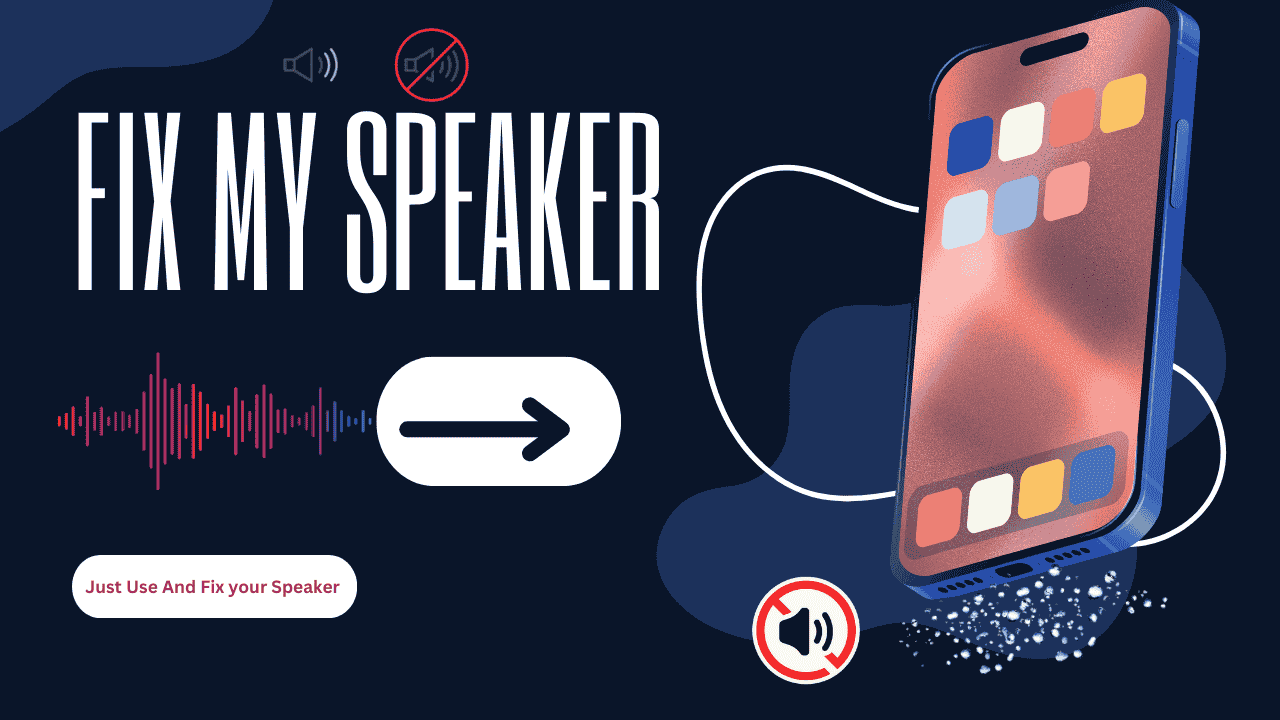When you need to fix my speaker issues, start with the basics. Check if your speakers are properly connected and powered on. Most speaker problems stem from loose connections or incorrect settings that can be easily resolved.
Check Physical Connections
Physical connection problems often cause speaker failures. To fix my speaker issues, inspect all cables and ensure they're firmly connected to the correct ports. Test different outlets if using powered speakers, as power supply issues can affect sound quality.
Verify Sound Settings
Navigate to your system's sound settings panel. To fix my speaker setup, check if the correct output device is selected and volume levels are appropriate. Sometimes, speakers get muted accidentally or set to very low volumes.
Update Audio Drivers
Outdated or corrupted drivers commonly cause speaker problems. When you need to fix my speaker performance, download and install the latest audio drivers from your computer manufacturer's website. This often resolves sound quality issues.
Run Audio Troubleshooter
Most operating systems include built-in troubleshooters. To fix my speaker problems automatically, run these diagnostic tools. They can identify and resolve common audio issues without technical expertise.
Test Different Audio Sources
To properly fix my speaker issues, try playing audio from various sources. This helps determine if the problem lies with specific applications or affects all sound output. Test both streaming and locally stored audio files.
Consider Hardware Issues
Sometimes you need to fix my speaker hardware directly. Check for visible damage, loose internal connections, or blown speakers. If under warranty, consider professional repair or replacement.
Conclusion
Multiple solutions exist to fix my speaker problems. Start with basic troubleshooting and progress to more complex solutions if needed. If these steps don't resolve your audio issues, consider consulting a professional technician for further diagnosis and repair.



